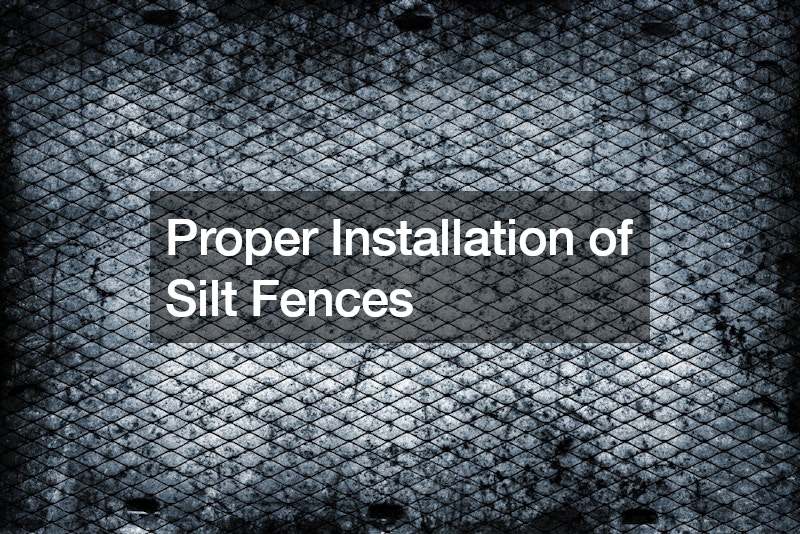
Proper Installation of Silt Fences
Proper installation of silt fences is crucial for effective erosion control and sediment management on construction sites. Firstly, selecting the appropriate location is essential, typically downhill from disturbed areas and parallel to the flow of water. Excavate a trench along the proposed fence line to anchor the fabric securely and prevent bypass flow.
Ensure the trench is deep enough to bury at least one-third of the fence fabric.
Next, install wooden or metal posts at regular intervals along the trench, typically spaced 4 to 6 feet apart, to support the silt fence fabric. Drive the posts firmly into the ground, ensuring they are straight and securely anchored. Then, unfurl the silt fence fabric along the trench, ensuring it is taut and extends below ground level to prevent sediment from escaping underneath.
Secure the fabric to the posts using wire ties or staples, ensuring a tight fit to prevent gaps or sagging. Additionally, overlap the ends of adjacent sections of fabric and secure them with wire ties to maintain continuity and prevent sediment from bypassing the fence. Finally, backfill the trench with soil and compact it to further stabilize the fence and prevent water from flowing underneath.
Regular inspection and maintenance are essential to ensure the continued effectiveness of silt fences. Monitor the fence for signs of damage, erosion, or sediment buildup, and promptly repair any issues to prevent sediment from escaping the construction site. Proper installation and maintenance of silt fences are critical components of erosion and sediment control plans, helping to protect water quality and minimize environmental impacts during construction activities.
.




